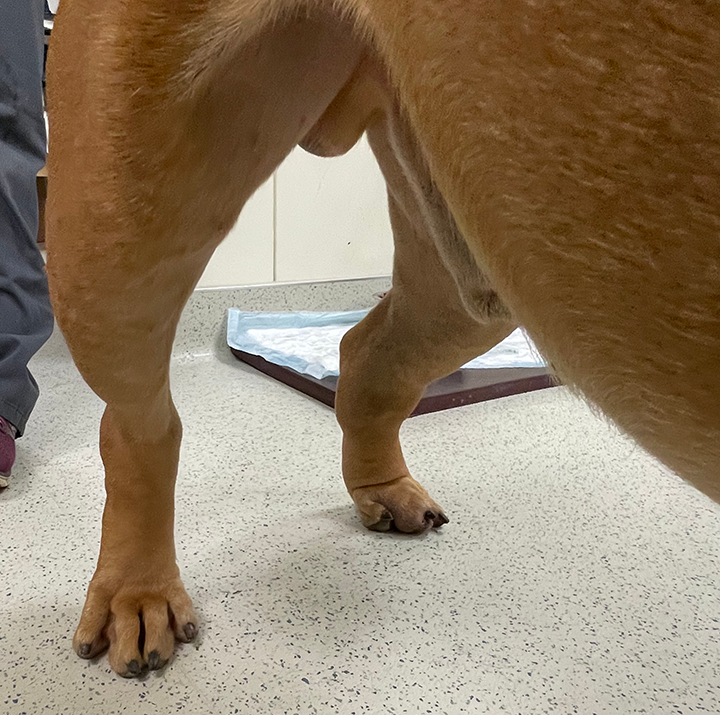Peripheral Edema In Dogs
Peripheral edema in dogs refers to a pathological increase in fluid within the tissues, leading to noticeable swelling primarily in the limbs, especially the legs and paws. This condition can arise from a variety of underlying causes, and understanding these is crucial for effective diagnosis and treatment.
Research indicates that the most frequent etiologies of peripheral edema in dogs include vasculitis, which affects 37% of cases, and lymphatic/venous obstruction (LVO), accounting for 22% of instances. Additionally, hypoalbuminemia, a condition characterized by low protein levels in the blood, is responsible for 17% of cases. Less commonly, peripheral edema may be associated with conditions such as congestive heart failure (R-CHF), severe bacterial infections, and dietary imbalances related to sodium levels (PetMD).
The impact of peripheral edema varies, but it can lead to significant discomfort for dogs, and in severe cases, it may indicate a serious underlying health issue. Symptoms typically manifest as swelling in the paws or ankles, and the area may feel warm or painful upon examination.
For further reading on the causes and treatment options for edema in dogs, references include:
- PetMD's overview on edema in dogs.
- A detailed study regarding the clinical characteristics of peripheral edema published by Wiley Online Library can be found here.
- An article on the general understanding of peripheral edema, available on ScienceDirect, can be accessed here.
Managing peripheral edema effectively requires a comprehensive approach, often necessitating veterinary consultation to identify and treat the root cause of the fluid imbalance.
Sources


Related Questions
Work fast from anywhere
Stay up to date and move work forward with BrutusAI on macOS/iOS/web & android. Download the app today.
